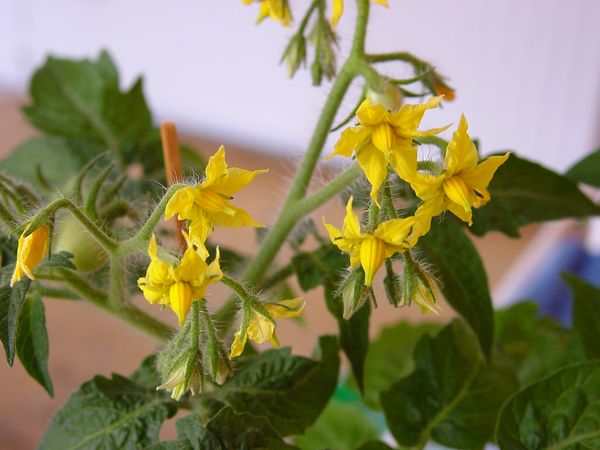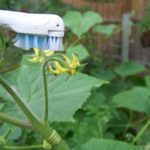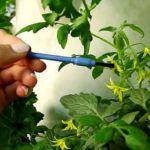The main problem when growing tomatoes at home or under film cover is how to pollinate a vegetable. In order to ripen a good harvest and quickly tied fruit, gardeners resort to methods of artificial or natural pollination.
Table of contents
Why pollinate tomatoes at home or in a polycarbonate greenhouse
Productivity depends not only on the conditions of growth and choice of variety, but also on the degree of pollination of plants. The more flowers are pollinated, the richer the crop can be obtained.
When growing tomatoes at home, the procedure should be carried out artificially.
In order for the plant to enjoy a generous harvest, for it you need to create:
- Favorable conditions for the maturation of pollen (lighting, watering, ventilation)
- Apply several ways. This provides a guarantee for good fruit formation.
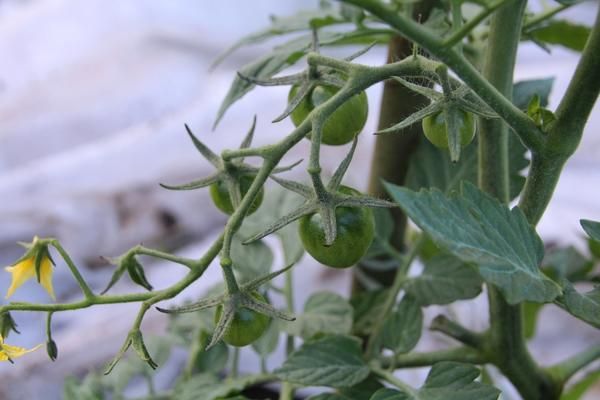
Many gardeners face the problem Falling flower ovaries tomatoes This may be due to some reasons:
- Large load on the bush (a large number of ovaries)
- Insufficient lighting
- An excess of nitrogenous fertilizers
- Growing tomatoes from your own seeds
- Diseases
Pollination Rules
Tomatoes - self-pollinating plants (anthers and pistils are located on the same flower).
One flower can pollinate several plants growing in the neighborhood. For full pollination, it is necessary to create a tomato bush favorable conditions.
An unfavorable climate can lead to a lack of fruits:
- At a temperature +13 degrees and below, anthers are distorted and as a result, the structure of pollen decreases.
- At elevated temperatures, +30 degrees and above, pollen grains reduce their viability. Pollination does not occur, and the plant throws off all the flowers.
- At high humidity, pollen sticks together and is not able to scatter.
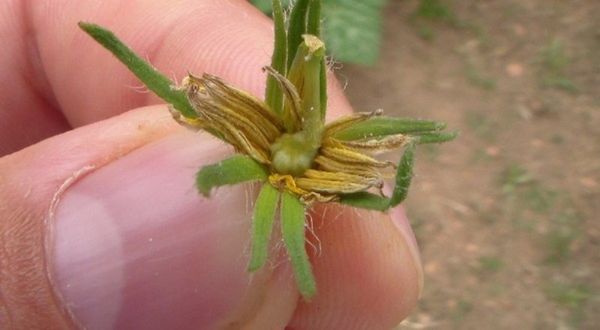
To make tomatoes self-pollinated, it is necessary:
- Timely raise or lower the air temperature
- To increase humidity - increase the number of watering
- To lower - bushes promulchirovat straw
- During flowering, fertilizing with potash fertilizers - you must follow the instructions
Pollination of tomatoes occurs naturally and artificially. For a quality process, in hot weather, gardeners open vents, and tomatoes are pollinated with the help of wind or insects.
If it is not possible to often ventilate a polycarbonate greenhouse, you can use an automatic window leaf. With its help the temperature comfortable for tomatoes will be maintained.
To attract insects in the greenhouse set container with sugar syrup or planted on the edge of the garden, undersized flowers honey plants.
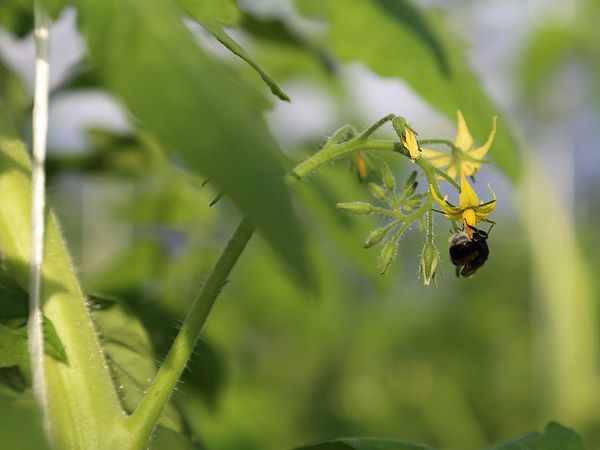
How to pollinate tomatoes
Pollination is a pledge of high yield. Without it, the bush will throw off all the floral ovaries and the formation of fruits will not occur. There are two methods for tomatoes, growing in closed ground and at home.
Natural pollination
Pollating bushes in greenhouses or home conditions, growing on the balcony, in three ways:
- Attracting insects. For tomatoes grown under a film cover, you need to create natural growth conditions. To attract pollinating insects, flower plants are planted in the greenhouse, and containers with sweet water are placed between the rows. Basil or marigolds growing next to tomatoes will significantly improve the taste of fruits.
- Spraying flower sugar solution - it will also help attract insects - pollinators.
- Ventilation. In hot and windy weather, the greenhouse is aired, due to this occurs the natural method. To do this, open two opposite vents to create a draft.
Artificial
- Artificial dusting with an electric toothbrush
- Brush
Artificial conduct when the plant can not self-pollinated. This happens when tomatoes are grown at home or for some reason pollination does not occur.
Before the manual procedure, it is necessary identify pollinated buds. Pollinated flowers have curved petals, while for non-pollinated they are closed.
There are 4 methods of artificial pollination:
- Shaking. In order to pollinate the plant with this method, you just need to gently shake the bush. In this case, the pollen gets on the pestle and the process occurs. This method is fast and convenient.
- Using tassel. Using a thick and soft brush, it is necessary to collect the pollen and transfer it to un pollinated flowers.
- Artificial wind. The method is similar to airing. The fan creates the effect of the wind, due to which the pollination of the plant.
- Via electric toothbrush. This method is time consuming. The switched on device is brought to the maximum proximity to the flower, vibration occurs and the pollen falls on the pistil.
Artificial spend in the morning, in clear and sunny weather.The best time is 8-10 am. Manual procedure is carried out every 3-4 days.
Preparations for tomatoes in the greenhouse
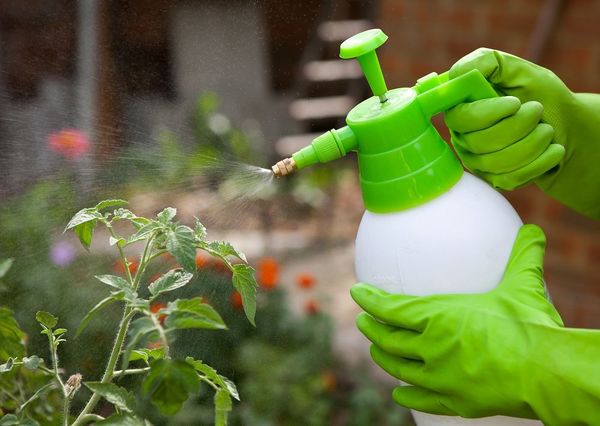
For high-quality stale formation, after artificial pollination, the following preparations are used:
- Boric acid solution. 10 grams of powder per 10 liters of hot water. After the powder is dissolved and the solution is cooled to room temperature, all pollinated bushes are sprayed with it.
- Gibberros. When the rapid flowering will help in the process.
- Ovary. Universal, environmentally friendly stimulator of fruit formation.
- Tomatone. Under adverse weather conditions, together forms the ovary.
- Bud.
Growing tomatoes at home or in greenhouses, you need to know all the details. Proper and timely pollination, as well as the creation of a favorable microclimate, a guarantee of a good and high-quality harvest.
